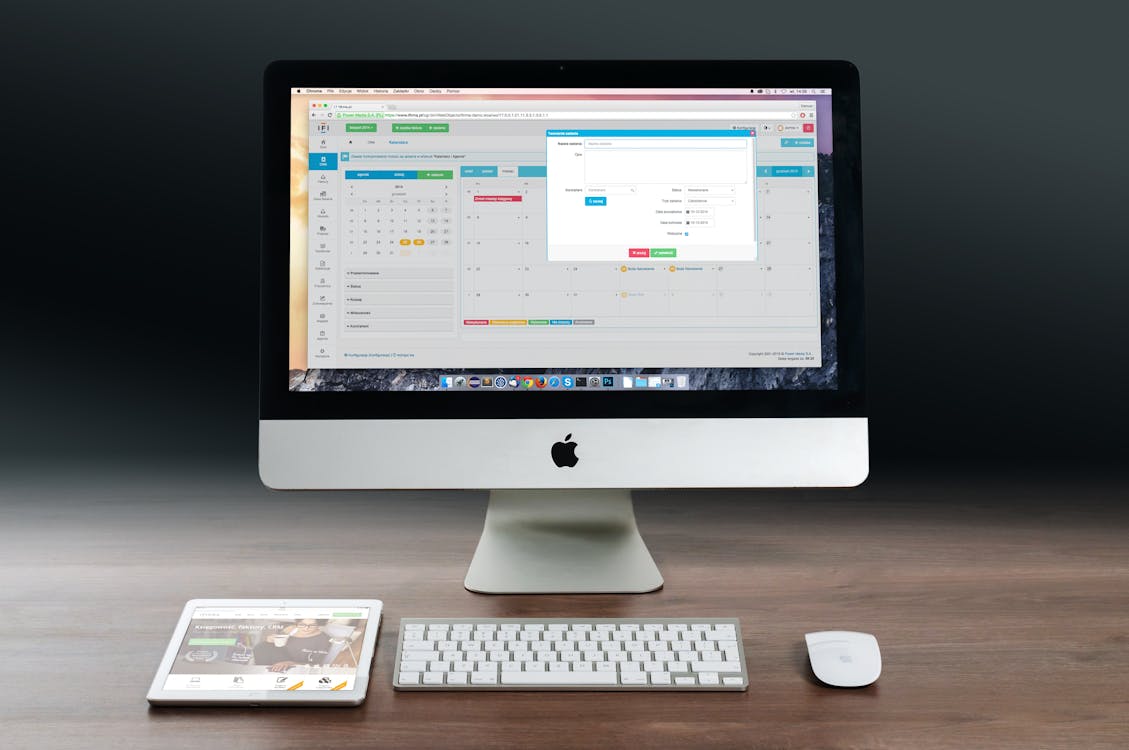Setting Up A WFH "Office" For The Long Term
Working from home is hardly new, but the COVID-19 pandemic has made it an unplanned requirement for many offices. Even as the pandemic eventually recedes, many employers will have discovered that they don’t need large office buildings. Many employees will have discovered that they don’t need to be in the office daily or spend hours commuting.
However, many people have put up improvised home offices for the pandemic that will not be effective in the long run.

In addition to having the proper tools, the physical setup — the ergonomics of the workspace — is crucial, especially when it comes to avoiding repetitive strain injuries caused by a poor setup.
The ultimate home office arrangement
A long-term home office should preferably occupy a separate, well-appointed room in the home. Do as many of the following to build a long-term, effective, and secure workplace.
A designated area
In an ideal situation, you would utilize a modest room that can accommodate a desk and computer equipment and has a door that can be closed to separate work and home life.
Many people can turn a guest room into a dual-purpose area that serves as an office most of the time and a guest room when visitors arrive.
A covered porch, a spacious laundry room, or even a garden shed might serve dual purposes.
If you can't acquire a dedicated area that is distinct from the rest of your life, try to find a specialized space that is as much as possible out of the way of the rest of the household — and they out of yours.
Correct work height

Your space requires a work-height desk or table. The industry standard for the distance between the floor and the top of a work surface is 29 inches. Short people do better with a lower height, while tall people perform better with a higher height. Numerous workstations and tables are typically height-adjustable via their feet.
However, this industry standard is based on writing on paper, not using a keyboard and mouse.
Therefore, keyboard trays often extend from beneath the work surface and are one to two inches shorter than the desk or table height.
You should purchase one if you have room for a keyboard-and-mouse tray (it must be wide enough to accommodate both! ).
If not, consider lowering your desk to tray height; if you also write with a pen and paper, you can purchase a writing surface (such as a thin cutting board) for pen-and-paper work.
When sitting up straight, your forearms are parallel to the ground, and your wrist is not curved up or down when you type or use a mouse, then your work surface is at the proper height.
The upper surface of your wrist should be roughly parallel to the top of your forearm, with your fingers slightly dangling below the keyboard.
Bending the wrists for extended periods is a simple method to injure oneself.
Suitable monitor height

Obtain a large monitor (or possibly two) for your home office, just as you would for your corporate office. Avoid the cheapest displays if you can, as their low resolution and thus increased fuzziness might cause eye strain after prolonged use.
Adjustable monitor height is advantageous, but you may still want a riser.
Be sure to measure the intended height of the monitor from the work surface to determine how much of a rise is required between the work surface and the monitor stand to achieve the "top is 25 to 30 percent above eye level" goal.
An excellent chair

Numerous chairs on the market can cause injury from prolonged computer use. For instance, dining and deck chairs are infrequently the correct height and do not usually promote the required upright posture.
If you can afford it, invest in a professional, adjustable office chair that allows you to customize the fit to your body and workstation.
Ample lighting
It is quite easy to underestimate the impact of your workplace on your productivity. Lighting is typically an issue that is overlooked.
Ideally, your desk is adequately illuminated with indirect light, allowing you to read papers and see physical items readily.
Generally, overhead lighting, such as a ceiling lamp, is optimal. Indirect lighting is illumination, not in your direct line of sight or reflecting off your monitor.
When the sun is shining, a window behind or to the side of your desk, for instance, can cause glare on your monitor screen. Natural light is generally pleasant but should be diffused with shades or drapes to prevent glare.
Do not set a lamp directly next to a monitor since this could result in conflicting light sources and glare.
You may need lights for additional lighting, but if possible, position them so that they do not generate glare on the computer monitor and are not in your direct line of sight while working on the computer. Similarly, ensure that your monitor's brightness is neither too faint nor too bright, as both might create eyestrain.
The terms "too dim" and "too bright" are subjective. Still, a decent rule of thumb is that the monitor's illumination intensity should be somewhat brighter than your ambient lighting, and your ambient lighting should be suitable for reading paper documents without additional light.
Excellent internet service

Most metropolitan and suburban regions have at least one high-speed internet service provider; 50Mbps is the minimum speed to aim for, and the more people using the internet simultaneously, the greater the need for a faster connection.
The bandwidth within your home is also important.
Connect your computer to your network through an Ethernet cable; this is especially crucial if you work with video or other bandwidth-intensive applications.
Wi-Fi is enough for basic office tasks; therefore, if you cannot hardwire your computer to your router, utilize Wi-Fi.




